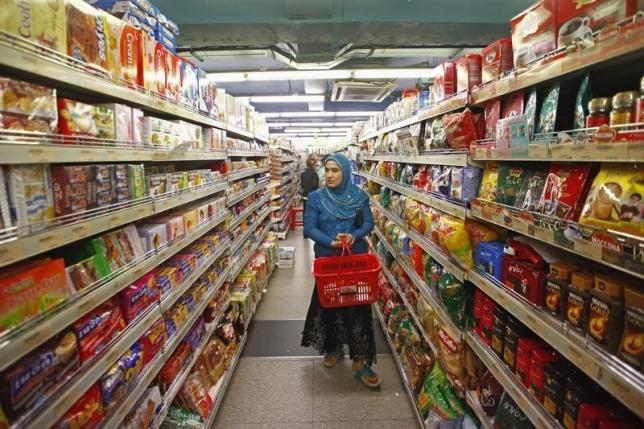By Melanie Sauer
Food price inflation is decreasing and despite disappointing political and economical conditions, South Africans are expected to see gains not just in the supermarket, but in all areas of expenditure.
Annual consumer price inflation (CPI) figures released on Wednesday show an 8.7% increase year-on-year in March – a reduction from 10% year-on-year in February. Although this still shows an increase in food prices, analyst at NKC African Economics, Elize Kruger, reminds us that we are still in a better situation than last year, and this is set to improve.
“The reason for this moderation is due to the hefty food price increases we experienced in the first fourth months of 2016. Food prices rocketed up from 5.8% in December 2015, to 11.3% in April 2016. This created a high base of calculation,” says Kruger.
Food prices are influenced by a range of factors and therefore move in cycles. The drought last year and the weakened exchange rate, for example, were significant factors for the food price inflation in 2016.
“So it is natural to see this moderation,” says Kruger.
Although in the midst of another severe drought and recently experiencing a credit downgrade, the summer rain in 2017 and strengthened rand in comparison to last year, is good news for our shopping baskets.
The drought in 2016 led to a low crop outcome and consequently maize was imported at a weak exchange rate of approximately R16.90 to the dollar. 2017 however has a more positive outlook. May is expected to deliver a record crop outcome and required food imports will be done so at a stronger exchange rate. As of today, the exchange rate sits at R13.17 to the dollar.
The good news is that this continued moderation of food price inflation will reduce the overall annual CPI.
“The food basket has a significant weighting of 15.5% of total CPI. So as we see this moderate, so will total CPI,” says Kruger.
These are however predictions. March’s annual CPI results does not reflect the impact of recent changes in the political and economical climate – rates were finalised on 30 March, a day before the cabinet reshuffle and subsequent credit downgrade. Kruger however is confident that food price moderation will continue right through to December 2017, where inflation is estimated at 5.8% year-on-year, which is what we saw in December 2015.
“The impact of the cabinet reshuffle and credit downgrade will have a medium term impact. We will still see the impact of the rand. Although we are 10% weaker (from March), compared to a year ago, the rand is still stronger. So we should still see moderation in inflation in 2017,” Kruger noted.
Considering that South Africans are spending proportionally more on food, according to a study published by the Southern Africa Labour and Development Research Unit on Food expenditure patterns in South Africa, this is positive.
VOC 91.3fm






 WhatsApp us
WhatsApp us 

